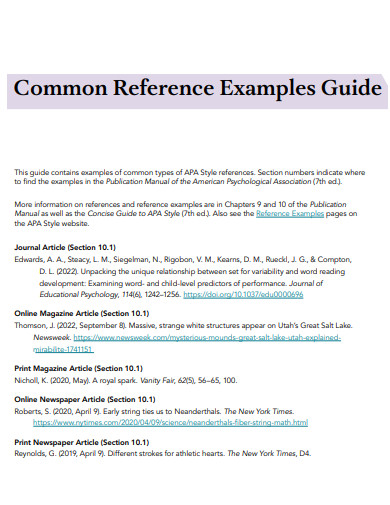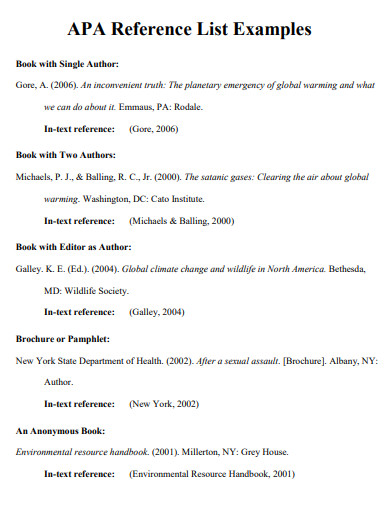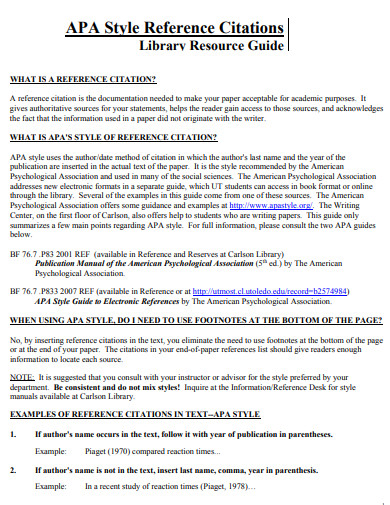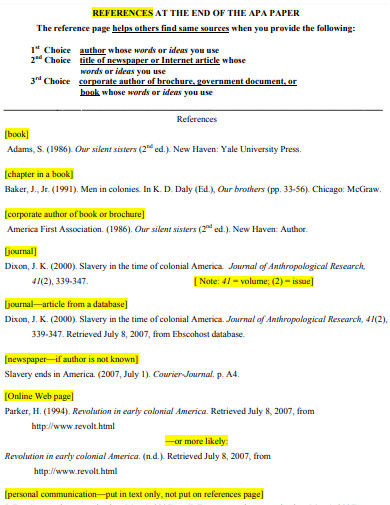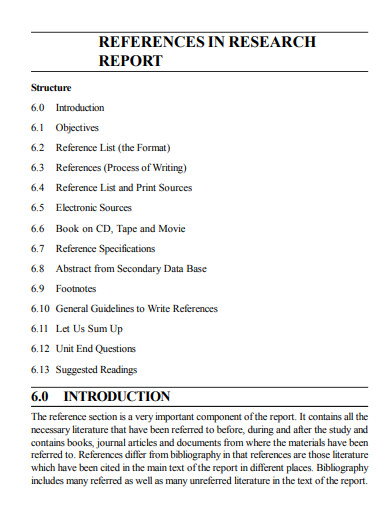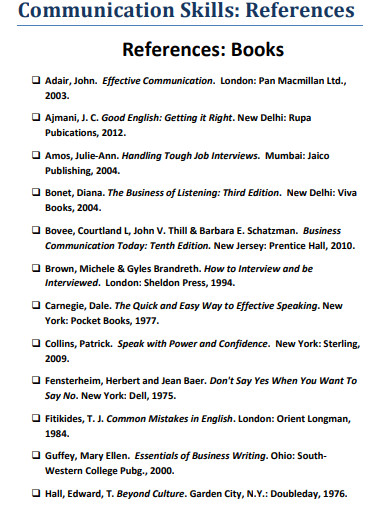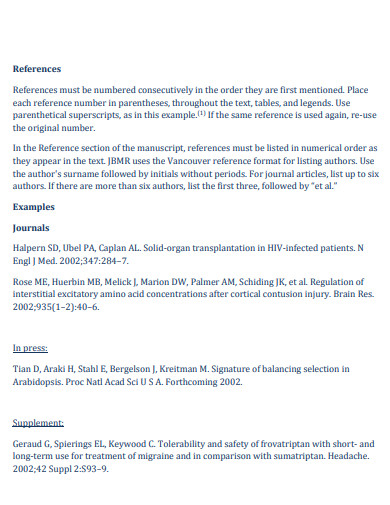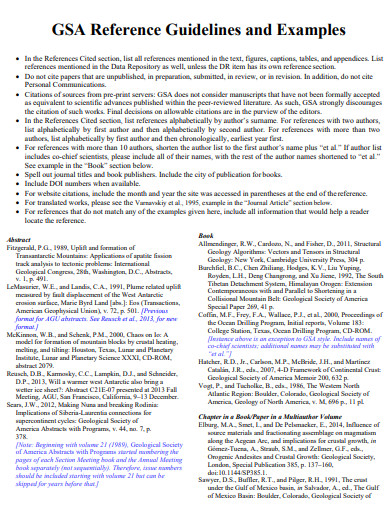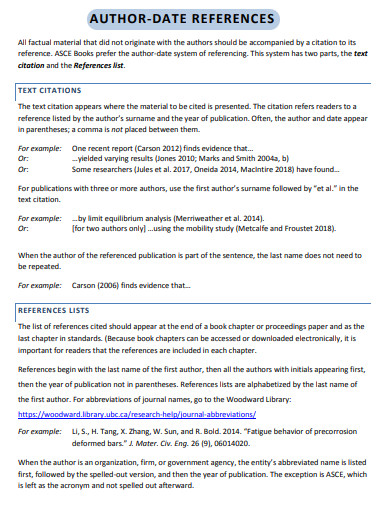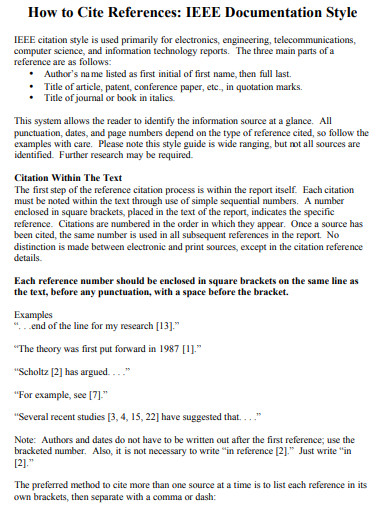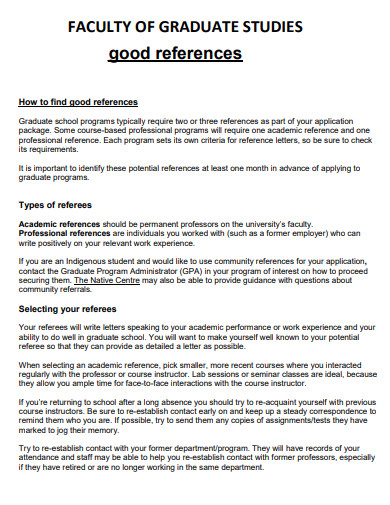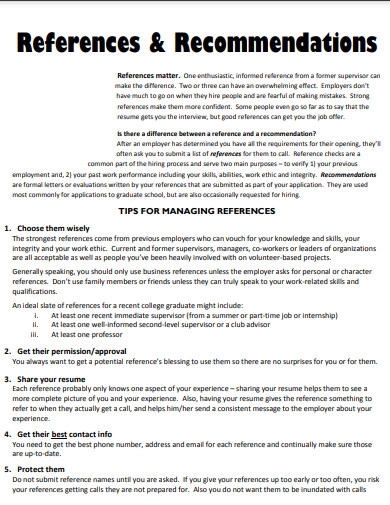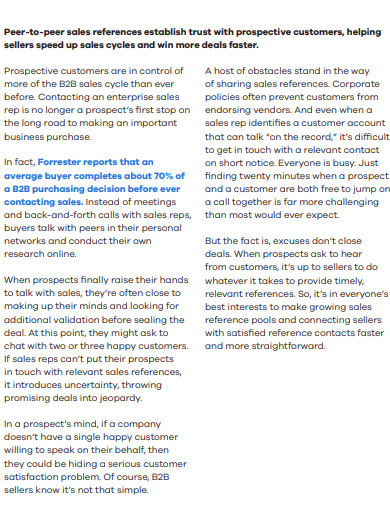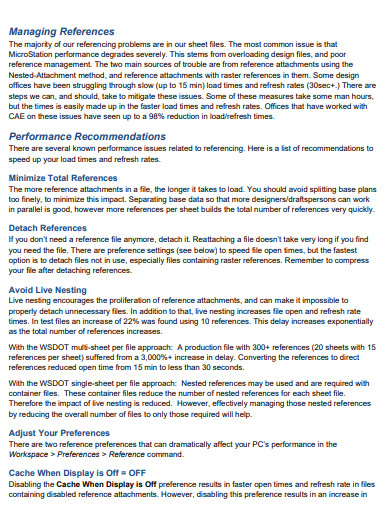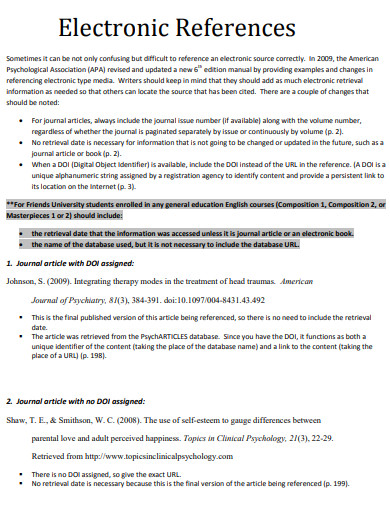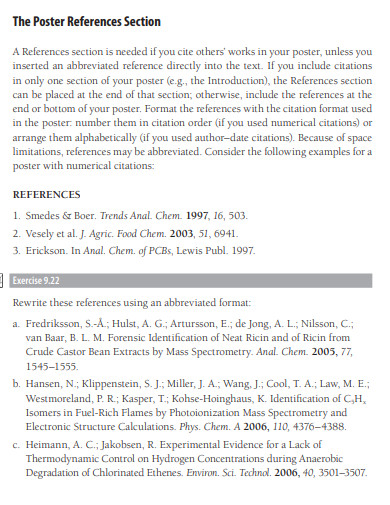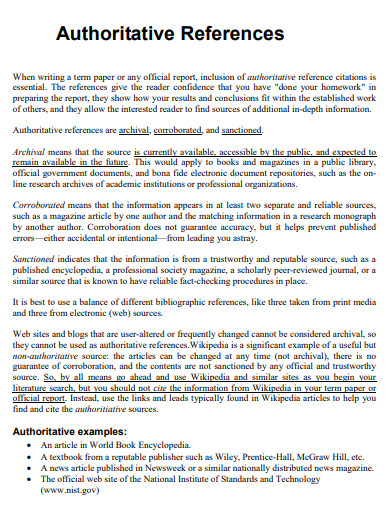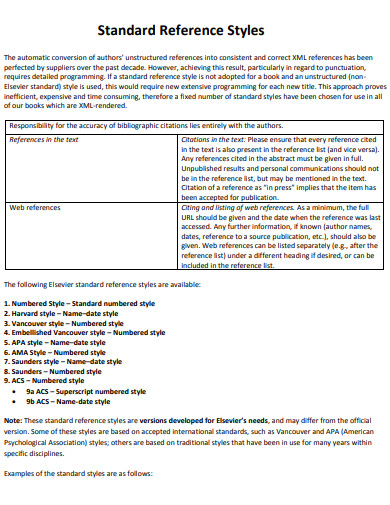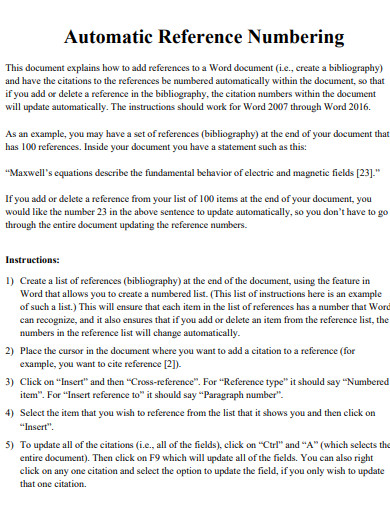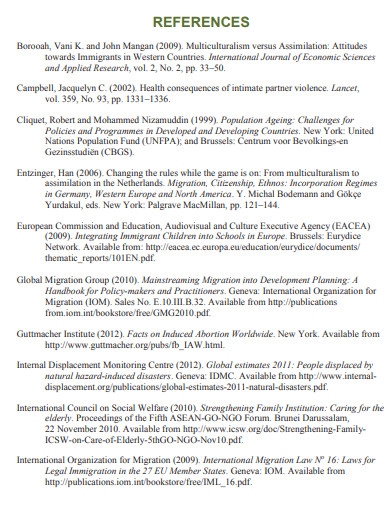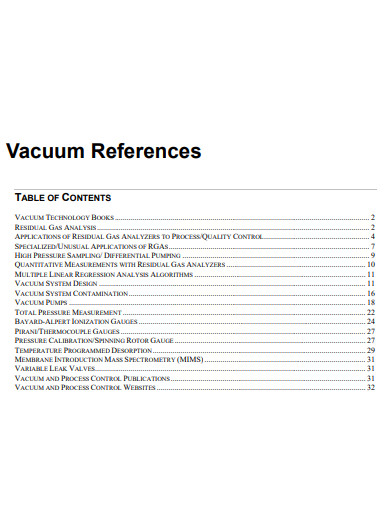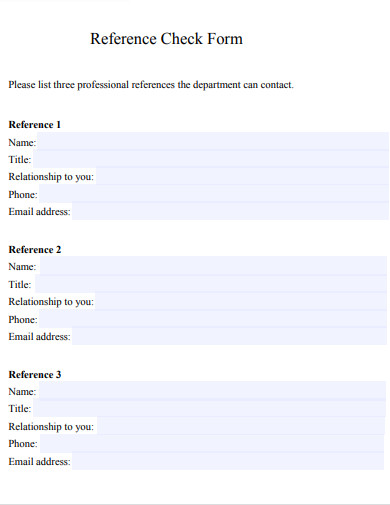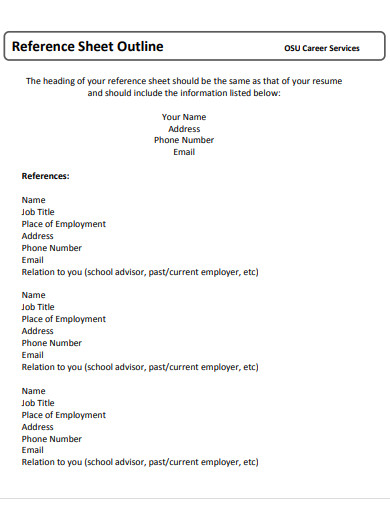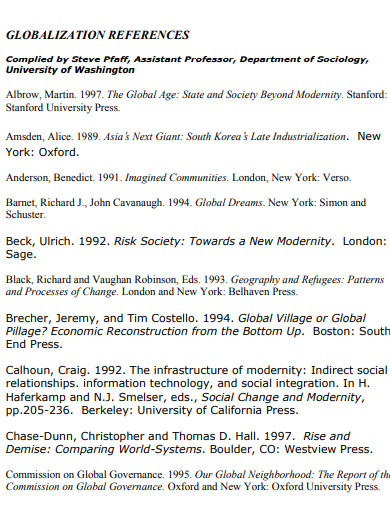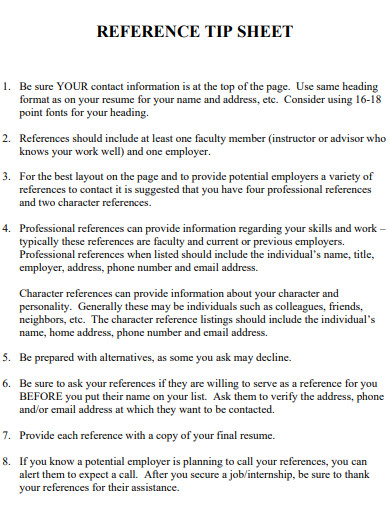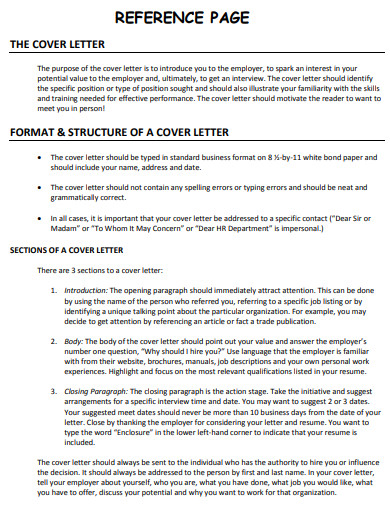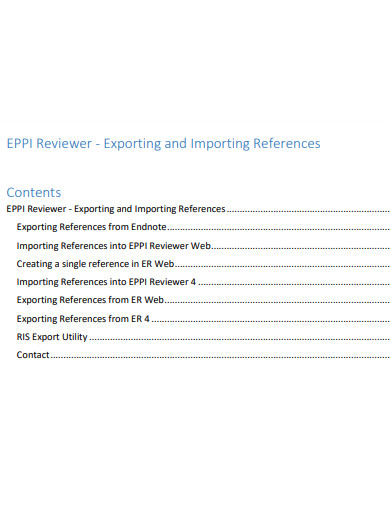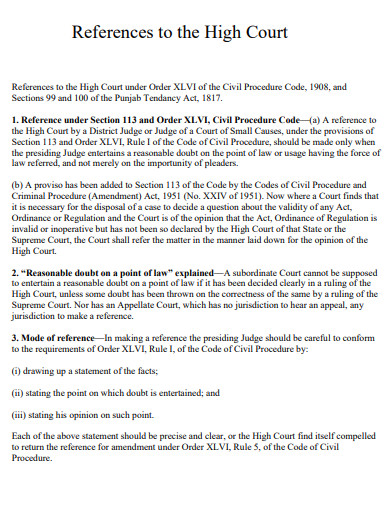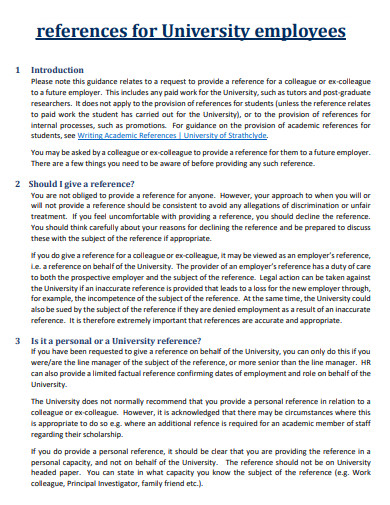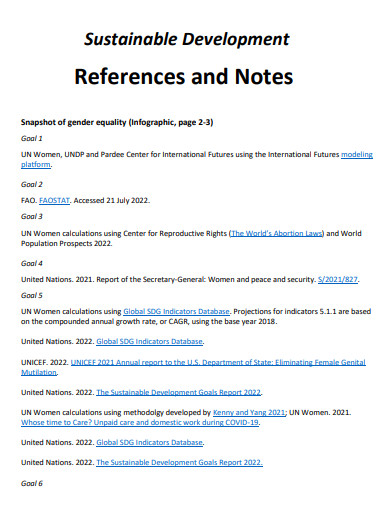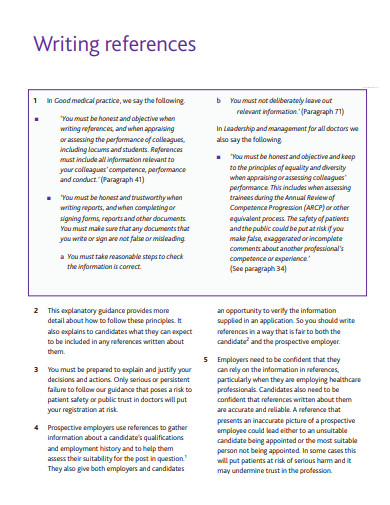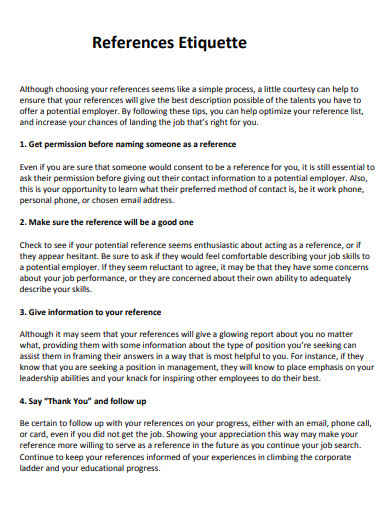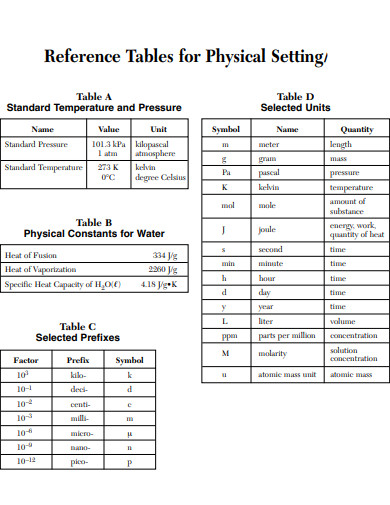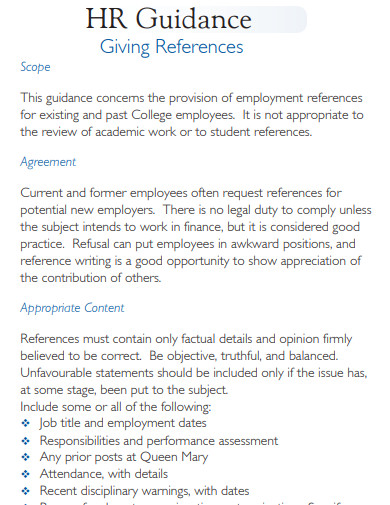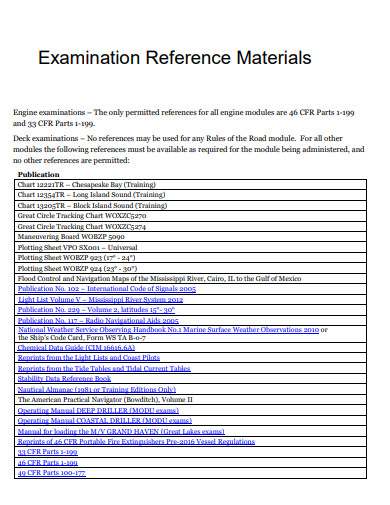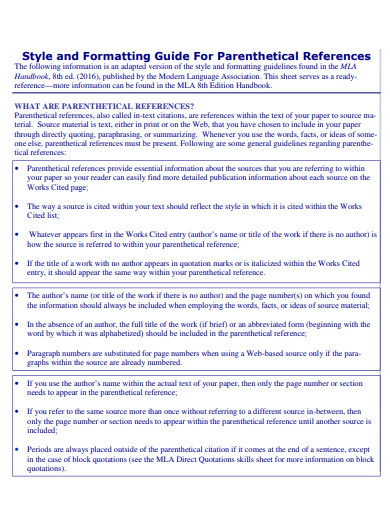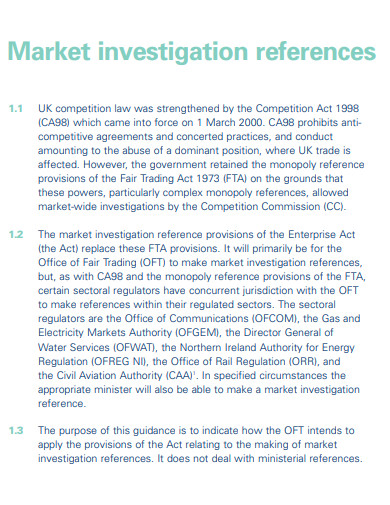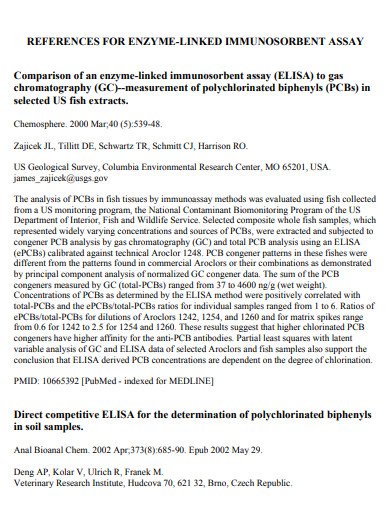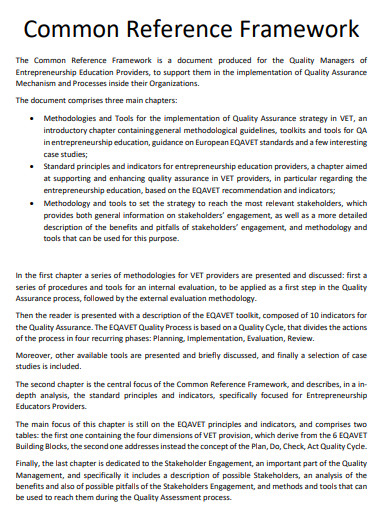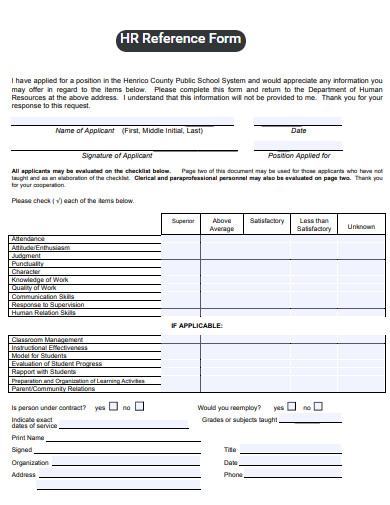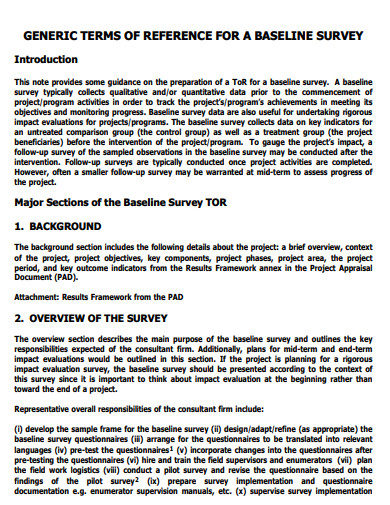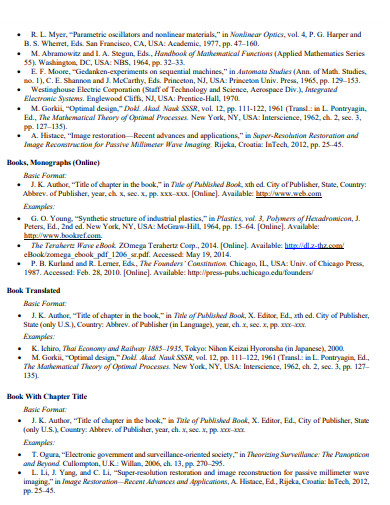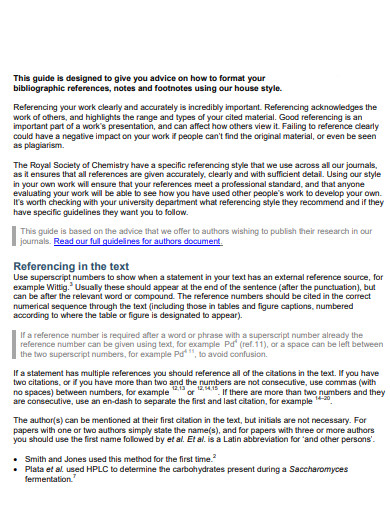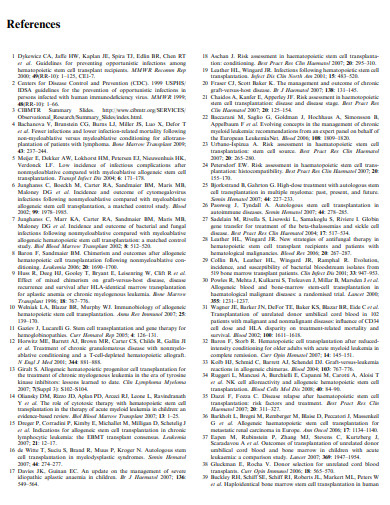55+ References Examples Examples to Download
References are an essential part of any writing process, whether it is a research paper, a job application, or a character reference letter. They provide credibility and support to your arguments and opinions, and they can be used to show your qualifications, achievements, and strengths. In this article, we will explore different types of references, including academic references, character references, and CEO reference letters. We will also provide a step-by-step guide on how to choose the right references format for your needs and provide examples of reference lists, reference essays, and reference sheets in APA, AMA format, and Chicago format.
Reference Sheet Template

Reference Thank You Letter
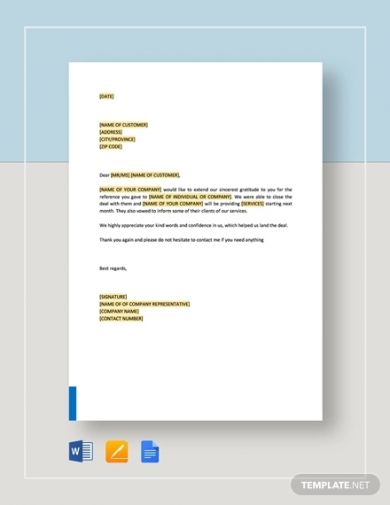
Reference Request Notice Template
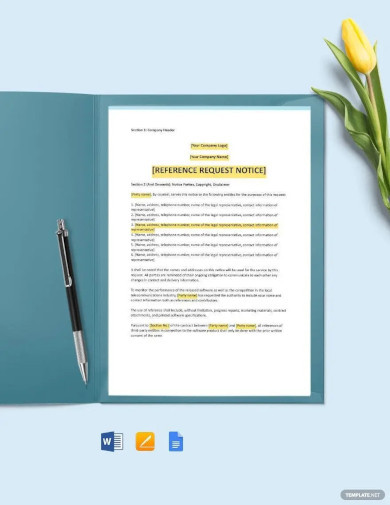
Reference Letter For Student
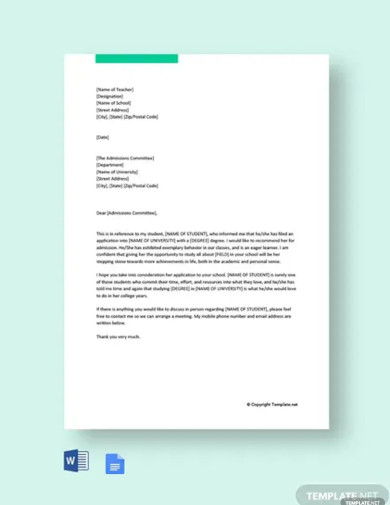
Reference On Qualifications Template
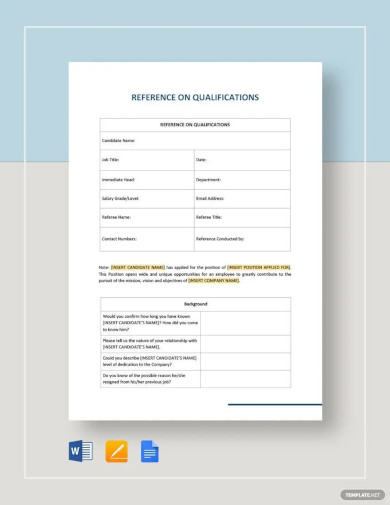
Common Reference Example
References Bibliography APA
APA Reference List Examples
APA Style Reference Citations
APA Paper References
References in Research Report
References Book Example
Sample References
Reference Guidelines
Author Date Reference
References for Survey Report
How to Cite References
Faculty References
References And Recommendation
Peer to Peer Sales References
Optimizing References
Electronic References
Poster References Section
Authoritative References
Standard Reference Styles
Automatic Reference
Simple Reference
Printable Reference

Vacuum References
Reference Check Form
Reference Sheet Outline
Globalization References
Staff Providing References for Students
References Tip Sheet
References Page
Exporting and Importing References
References to the High Court
References for University Employees
Sustainable Development Reference
Writing Reference
References Etiquette
Reference Tables for Physical Setting
Cultural References
HR References
Examination Reference Materials
Parenthetical References
Market Investigation References
References for ELISA
Common Reference Framework
HR Reference Form
Generic Terms of Reference
Editable Reference Example
Free Reference Example
Basic Reference Example
Professional Reference Example
What is a Reference?
A reference is a citation or a mention of a source that you have used to support your ideas, arguments, or opinions. References can be in different forms, including books, articles, websites, interviews, or personal communications. They provide evidence for your claims and help your readers to verify your information and learn more about your topic. References can also be used to acknowledge the contributions of other researchers or writers and to avoid plagiarism.
How to Choose a References Format
Choosing the right format for your references can be a bit of a challenge. Here’s a step-by-step guide you can follow to make your work easier:
Step 1: Determine the purpose of your references
Are you writing a research paper, a job application, or a character reference letter? The purpose of your references will help you to choose the right format and style.
Step 2: Check the requirements
Some organizations or journals may have specific guidelines for the references format, including the citation style, the order, and the formatting. Make sure to check the requirements before you start writing your references.
Step 3: Choose a citation style
There are different citation styles, including APA, AMA, and Chicago. Each style has its own rules for citing sources, such as the use of parentheses, commas, or footnotes. Choose the style that best suits your needs and preferences.
Step 4: Use a reference management tool
To save time and avoid errors, you can use a reference management tool, such as Zotero, EndNote, or Mendeley. These tools allow you to store, organize, and format your references automatically.
FAQs
What is the difference between a reference list and a reference page?
A reference list is a list of all the sources that you have cited in your paper, while a reference page is a separate page at the end of your paper that includes the full references of all the sources that you have used, whether or not you have cited them.
What is a character reference?
A character reference is a letter or a statement that vouches for someone’s character, personality, or behavior. It is usually written by someone who knows the person well, such as a friend, a coworker, or a teacher, and it is used for various purposes, such as job applications, legal proceedings, or personal references.
What is the APA format reference page?
The APA format reference page is a separate page at the end of your paper that includes the full references of all the sources that you have cited in your paper. It follows specific guidelines for citation style, order, and formatting, such as using hanging indents, double-spacing, and italics for book titles.
References are an essential part of any writing process, and they can help you to enhance your credibility, support your arguments, and acknowledge the contributions of others. By following the right format and style, you can create effective and accurate references that will impress your readers and provide valuable information for your field. Use the tips and examples provided in this article to master the art of references and take your writing to the next level.



